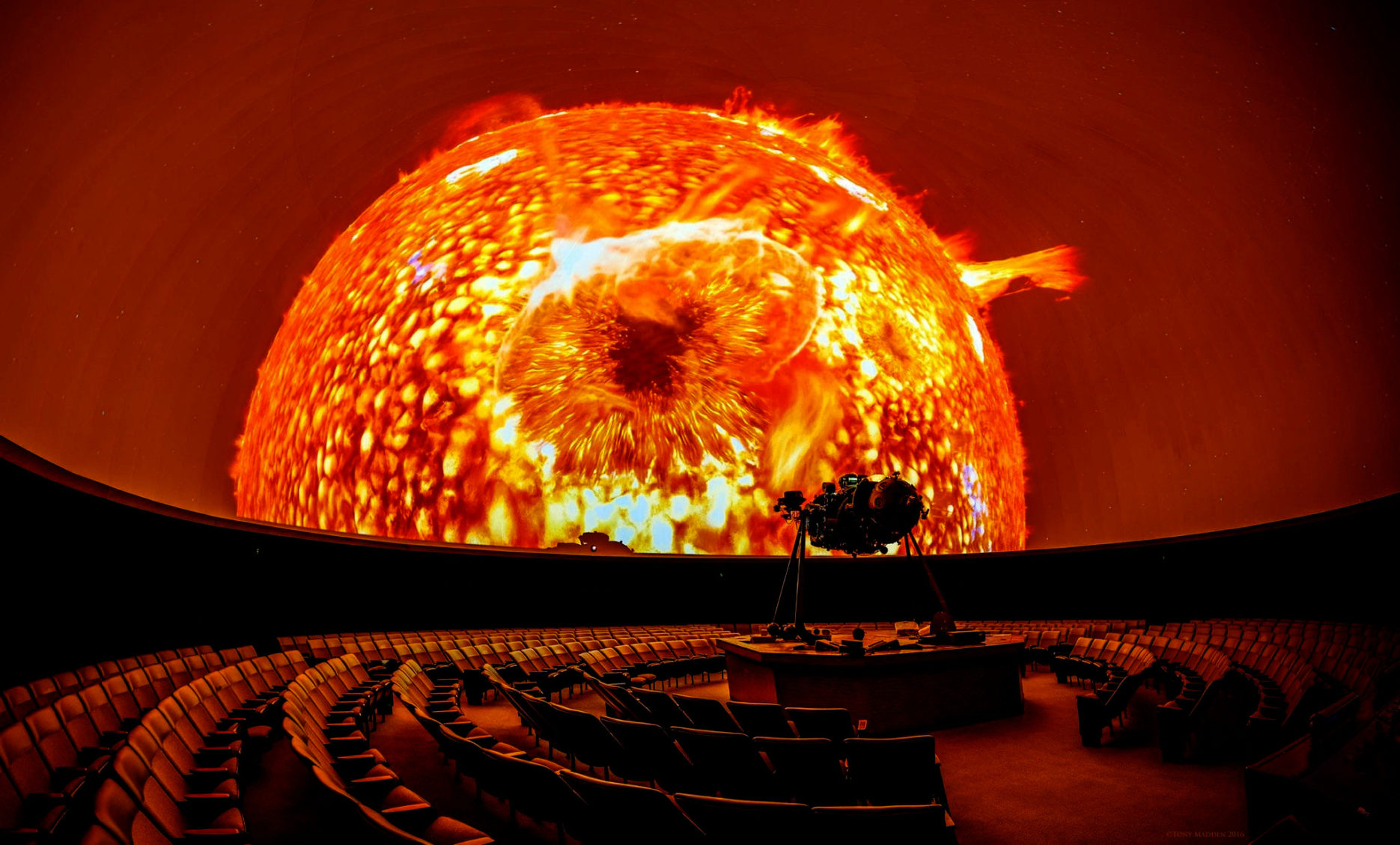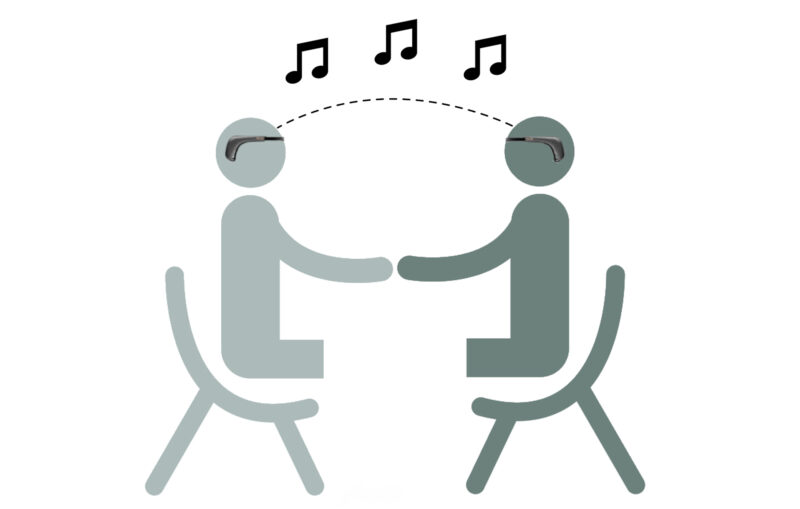Planetariums offer breathtaking immersive shows that engage and educate their audiences. Abounding with visual media such as visualizations, images, and video, the auditory content is usually limited to narration. We wondered if we could flip the script. Could we make a planetarium show driven by sonic information—information displayed through sonification and auditory display?
When I joined the GT Sonification Lab, one the lab members was researching accessible science experiences for the blind. She had formed a relationship with a local science center, but needed help making sounds. When I learned that the planetarium had a multi-channel speaker system, I got excited. Over the next two semesters, I led a team of graduate students through an iterative sound design process targeting the NASA Planetary Factsheet.
| Planet Property | Auditory Parameter |
| Mass | Pitch |
| Length of Day | Beat |
| Length of Year | Rotation around Audience |
| Distance from the Sun | Duration of Spaceship Trip |
| Temperature Range | Melody |
| Gravity | Bouncing Ball |
| Atmosphere | Timbre |
| Number of Rings | Granular Synthesis |

Our show debuted at the Planetarium of the Fernbank Science Center in Atlanta. We used their multi-channel speaker system to rotate the planets around the audience, representing their orbital period.
The show was well-attended and we collected data on several factors of the audience’s listening experience. We also got a lot of attention. AT&T commissioned us to create a realtime sonification of the 2017 solar eclipse. The next year, I joined a collaboration with the PhET Project and designed many more sonifications for accessible science.
Publications
- Winters, R. M., Kumar, A., Tomlinson, B. J., & Walker, B. N. (2018). The Planetorium: Sonic Information Design for Earthling Audiences. Journal of Sonic Studies, 17, (8 Pages).
- Tomlinson, B., Winters, R. M., Latina, C., Bhat, S., Rane, M., & Walker, B. N. (2017). Solar System Sonification: Exploring Earth and its Neighbors Through Sound. Proceedings of the 23rd International Conference on Auditory Display, 128–134. State College, PA.






